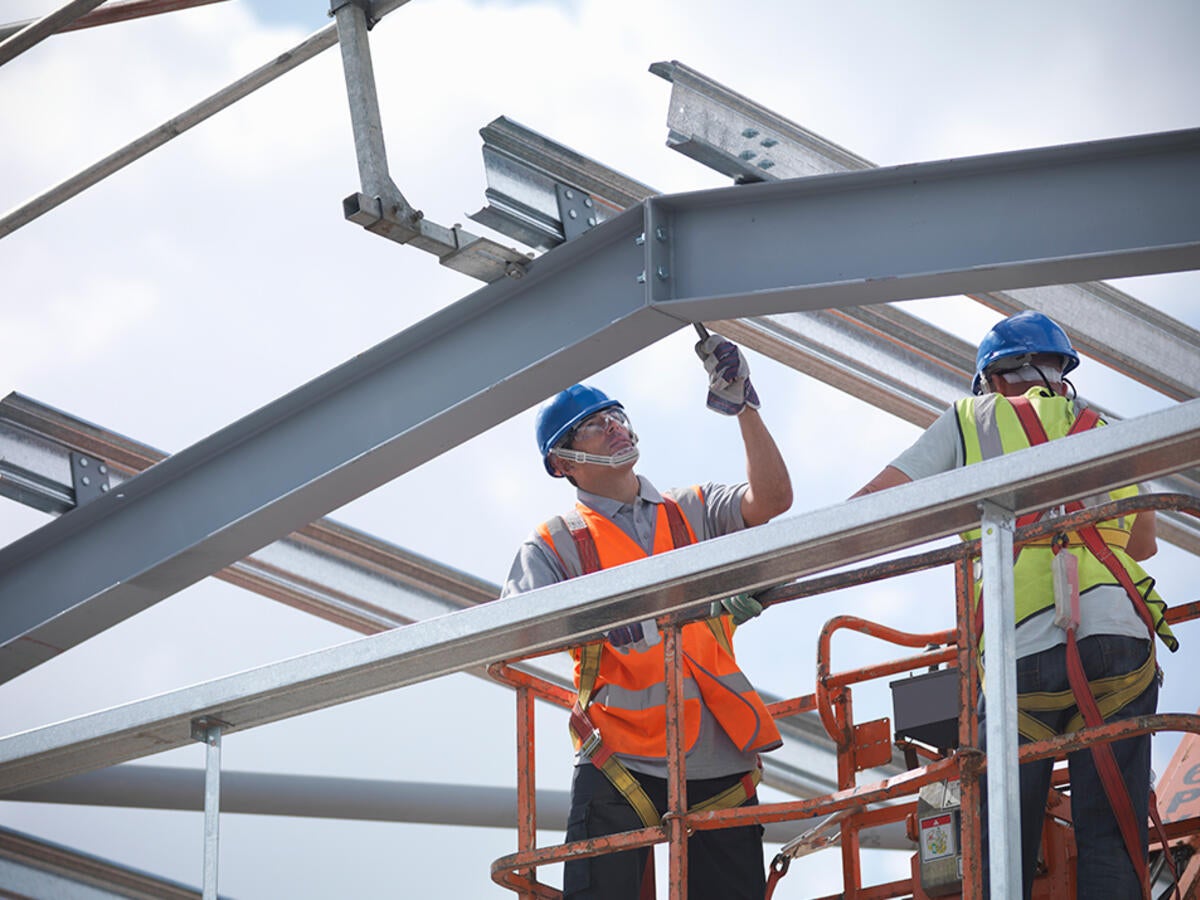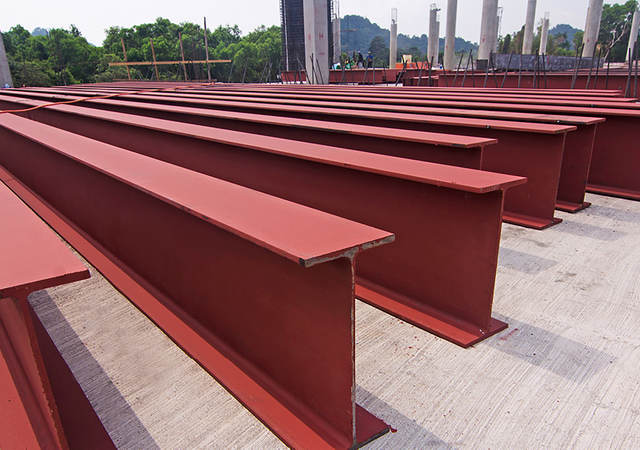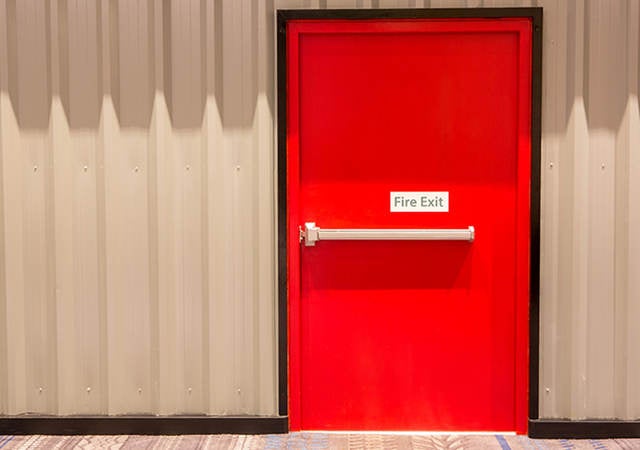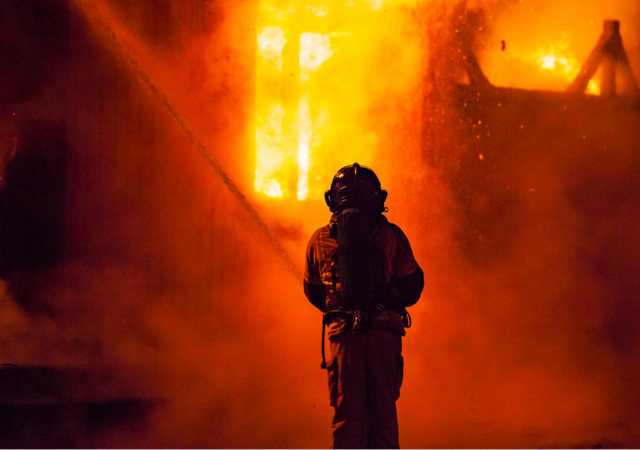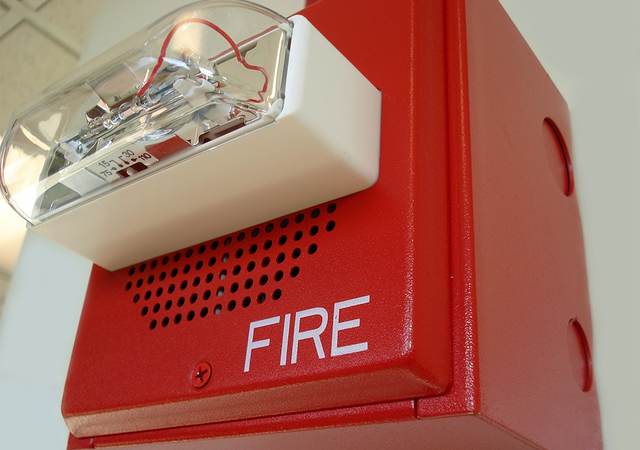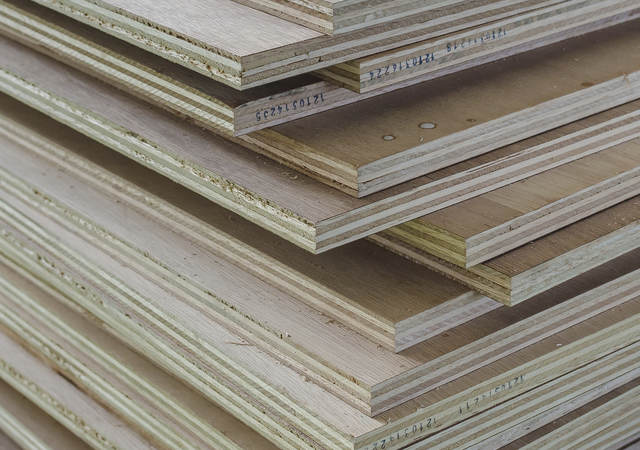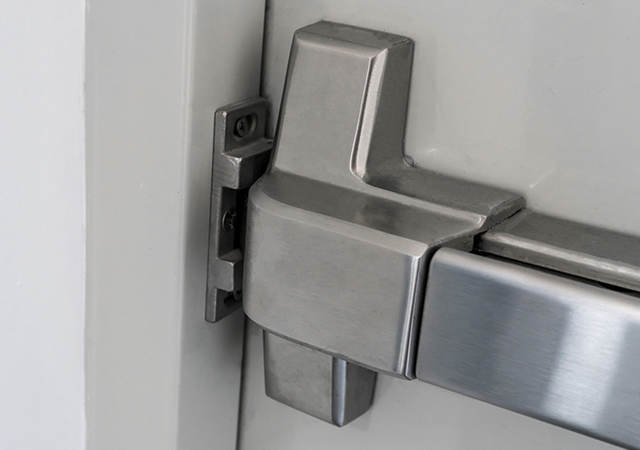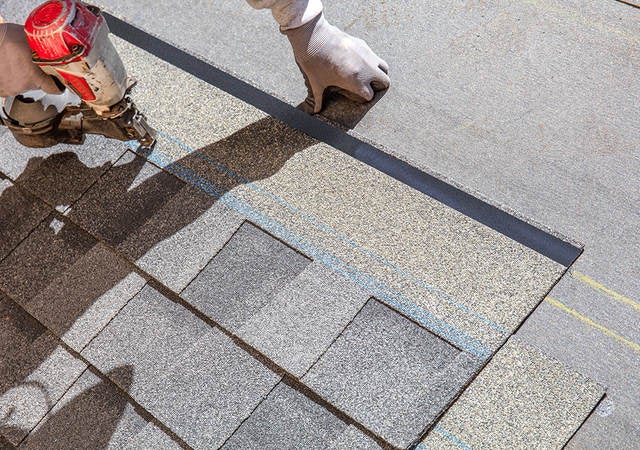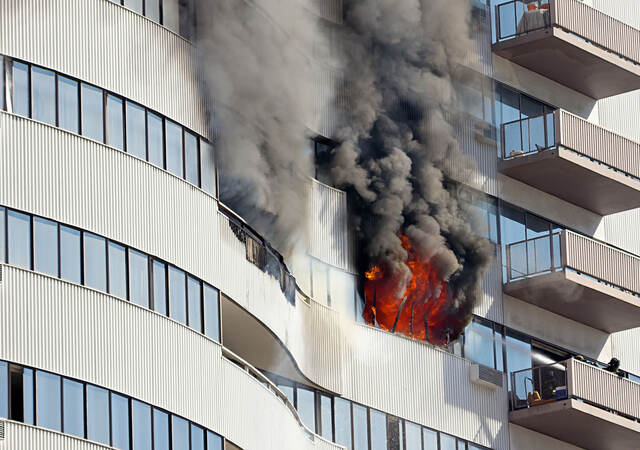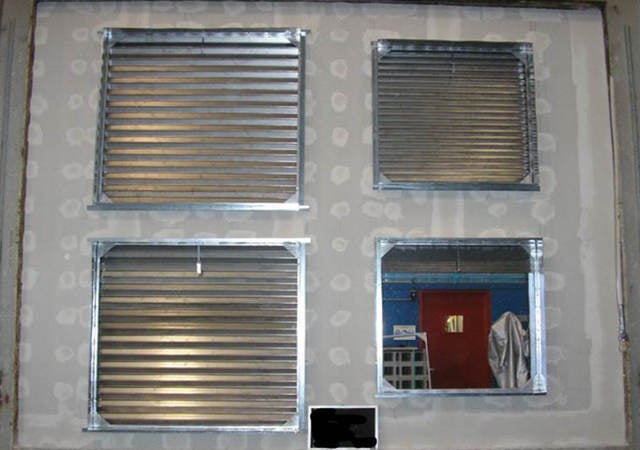Steel certification and testing standards
ANSI/UL 263 – the default Standard for North America
For North American building codes, American National Standards Institute (ANSI)/UL 263 is the default Standard for evaluating fire protection of structural steelwork. ANSI/UL 263, the Standard for Safety of Fire Tests of Building Construction Materials, and ASTM E119, Standard Test Methods for Fire Tests of Building Construction and Materials, were developed to simulate a building fire. The CAN/ULC-S101 Standard, Standard Methods of Fire Endurance Tests of Building Construction and Materials, provides equivalent test requirements for the testing of building materials to ensure market access across North America.
These Standards were developed to simulate the type of fires that occur in commercial buildings, such as offices, hospitals and schools. These are often referred to as “cellulosic fires” due to the nature of the contents typically found in a commercial office building or multidwelling residence.
At five minutes, the temperature within the furnace reaches 538 degrees Celsius (1,000 degrees Fahrenheit). The temperature gradually increases during the duration of test until at four hours, the temperature within the furnace reaches 1093 degrees C (2000 degrees F). This is considered to be the standard time/temperature curve for buildings. Vertical fire resistive assemblies are also subjected to the hose stream test that is specific to these Standards.
Petrochemical industry – ANSI/UL 1709 Certification
Over the last two decades, the ANSI/UL 1709, the Standard for Rapid Rise Fire Tests of Protection Materials for Structural Steel, for structural steel fire protection has grown in importance across the worldwide petrochemical industry. The Standard is currently considered the default fire resistance test standard in many parts of the world, particularly those that actively use American Petroleum Institute (API) guidance for the petrochemical industry.
Certification for hydrocarbon ratings
We’ve been certifying products to the ANSI/UL 1709 hydrocarbon Standard for more than 25 years, but legislation and guidance in many parts of the world impose additional requirements on the products that the current test method is unable to fully address.
To keep our certification relevant to the needs of the industry, we have developed a wider suite of characteristics for steelwork protection when used in petrochemical-type installations. These characteristics have been collated into our new hydrocarbon certification service. Our category for this service is Building and Life Safety Technologies (BLST).
The service includes the following mandatory requirements:
- ANSI/UL 1709 testing and certification
- Environmental durability testing to UL 2431, the Standard for Durability of Fire-Resistive Coatings and Materials
The service also includes a number of optional characteristics that can be addressed within the scope of the certification such as:
- Alternative hydrocarbon fire exposure conditions such as BS 476: Part 20: Annex D
- Jet fire exposure to ISO 22899-1
- Norsok M501
- Multi-Temperature Analysis (MTA).
British Standard 476: Part 21 Testing and Certification
In addition to testing and certification for North American code compliance, we offer testing, assessment and product certification services to British Standard (BS) 476: Part 21. Our team is experienced in certifying to this standard and is well positioned advise how to maximize your testing and certification investment. We have facilities in North America and in Germany, our state-of-the-art laboratory in Rosenheim, Germany, can be used to test products to BS 476: Part 21.
ANSI/UL 2431 – Environmental Durability
Facilities are often placed in more challenging natural environments, such as extreme heat or cold, or near oceans, requiring that the products used in the buildings be stable when exposed to these various environmental factors. This is especially important when the products provide a life safety function such as fire protection. ANSI/UL 2431, the Standard for Durability of Fire-Resistive Coatings and Materials, is used to evaluate the protective coating against the long-term effects of environmental exposure, often a critical factor in the performance of materials as well as vibration and impact. The method is already a mandatory requirement within ANSI/UL 1709.
Multi-Temperature Analysis
Certification may also include product design tables for alternate critical core design temperatures. This is achieved by conducting an evaluation of the test data called the Multi-Temperature Analysis (MTA). This analysis identifies the thickness of coating material necessary to keep a specific substrate below a specific temperature for a precise duration. This analysis is in line with the philosophy of ANSI/UL 263 and ANSI/UL 1709 but does not restrict the limiting steel temperatures to 593 degrees C/704 degrees C (1,100 degrees F/1,300 degrees F) and 538 degrees C/649 degrees C (1,000 degrees F /1,200 degrees F) for beams and columns respectively.
The results relating to the MTA are published as supplemental information to the main certification design and are often used in performance-based fire protection applications when a specific fire protection requires a certain level of fire protection due to the different heat exposure generated from the anticipated fuel source. In order to accommodate this exposure, alternate critical core temperature designs for products have been developed at various temperatures ranging from 371-760 degrees C (700-1,400 degrees F) in increments of 38 degrees C (100 degrees F).
Cell Beam Evaluation and Certification
We are able to provide evaluation of structural cell beams (beams with cutouts within the web) to BS and European Norm (EN) Standards and codes. We deliver this evaluation via a bespoke software program developed by structural engineers. This program enables us to evaluate any configuration of web cutouts to determine the likely failure time. This is possible against any given failure temperature specified by the client.
EN 13381 Testing and Certification
The EN 13381 series of standards make it possible to demonstrate European compliance for the fire protection of structural steelwork. This series covers:
- Applied passive protection to steel members
- Applied protection to concrete-filled hollow steel columns
- Applied reactive protection to steel members
- Applied fire protection systems to steel beams with web openings
We can offer expertise regarding this testing to deliver an optimal test package for subsequent evaluation.
Benefits of structural steel fire protection testing and certification
Our testing and certification services provide access to global markets.
Why UL Solutions for structural steel fire protection testing and certification
We operate globally, offering a comprehensive range of services to help you gain the compliance and performance credentials you need to compete in a global marketplace.
We provide customized services, which range from fire safety testing and certification for manufacturers to training programs for regulatory authorities, building owners, insurance companies and the fire safety community.
UL Solutions' best practice guide for passive fire protection for structural steelwork
Get in touch
Let us know how we can help.

